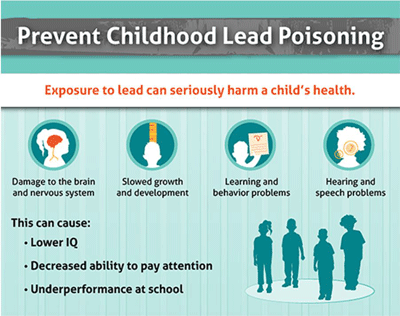(CTN News) – In a recent alarming development, a wave of lead Exposure cases stemming from cinnamon-infused applesauce has cast a spotlight on the perilous consequences of heavy metal exposure, particularly among children.
What initially seemed like a routine snack option turned into a health hazard, with suspicions arising that the cinnamon might have been deliberately tainted, potentially to enhance its market value through increased weight.
The contaminated products in question include WanaBana apple-cinnamon fruit purée pouches, as well as cinnamon-flavored applesauce pouches from Schnucks and Weis brands. This revelation has prompted widespread concern among consumers and health authorities alike.
According to data from the Centers for Disease Control and Prevention (CDC), the scale of the outbreak is staggering, with over 400 children estimated to have fallen victim to lead poisoning from the tainted applesauce.
Shockingly, the median levels of lead found in their bloodstreams were six times higher than those recorded during the notorious Flint water crisis. This stark comparison underscores the severity of the situation and the urgent need for action.
While instances of lead poisoning are relatively rare, the incident serves as a stark reminder of the pervasive threat posed by this toxic heavy metal. Lead contamination has long been a subject of scrutiny, with increasing awareness of its detrimental effects on human health.
Addressing the Lead Contamination Crisis: A Call for Vigilance and Action
Despite efforts to mitigate its presence in various products and environments, this crisis highlights the ongoing challenges in safeguarding public health from such hazards.
The implications of this outbreak extend far beyond the immediate health consequences for affected individuals.
It raises broader questions about food safety standards, regulatory oversight, and the need for vigilance in detecting and addressing potential threats to consumer well-being.
In response to the crisis, authorities are stepping up efforts to identify the source of contamination and prevent further harm.
This includes rigorous testing of food products, enhanced surveillance measures, and public awareness campaigns to educate consumers about the risks associated with lead exposure.
As investigations continue and measures are implemented to address the fallout from this incident, one thing remains abundantly clear: the need for stringent regulations and proactive measures to safeguard against the insidious threat of lead contamination in our food supply.
The safety and well-being of our children depend on it.
Lead Exposure: Risks, Recommendations, and Reassurances
Lead exposure can be insidious, often going unnoticed until levels accumulate to a concerning degree, experts caution.
The ramifications of high lead levels are wide-ranging, encompassing symptoms such as stomach pain, vomiting, fatigue, and potentially more severe outcomes like learning difficulties, developmental delays, and even seizures.
Pediatricians stress the importance of blood tests for infants and toddlers, especially those living in homes built before 1978 or with other risk factors.
While some Medicaid programs and states mandate screening, it’s not typically recommended for children older than three years of age.
Despite assertions that there is no safe level of lead, parents need not immediately panic if traces of lead are detected in their child’s blood test. The average blood-lead level among young children in the U.S. remains below one microgram per deciliter of blood.
Kim Dietrich, PhD, a professor emeritus specializing in epidemiology and environmental health, reassures parents, stating, “I don’t think they should be worried at all.”
Studies linking lead exposure to IQ score deficits and ADHD often focus on levels at five micrograms and above.
Some experts are even questioning the CDC’s stance on the absence of a “safe level” of lead, considering its pervasive presence and the relatively minor effects of low levels on millions of children across the country.






